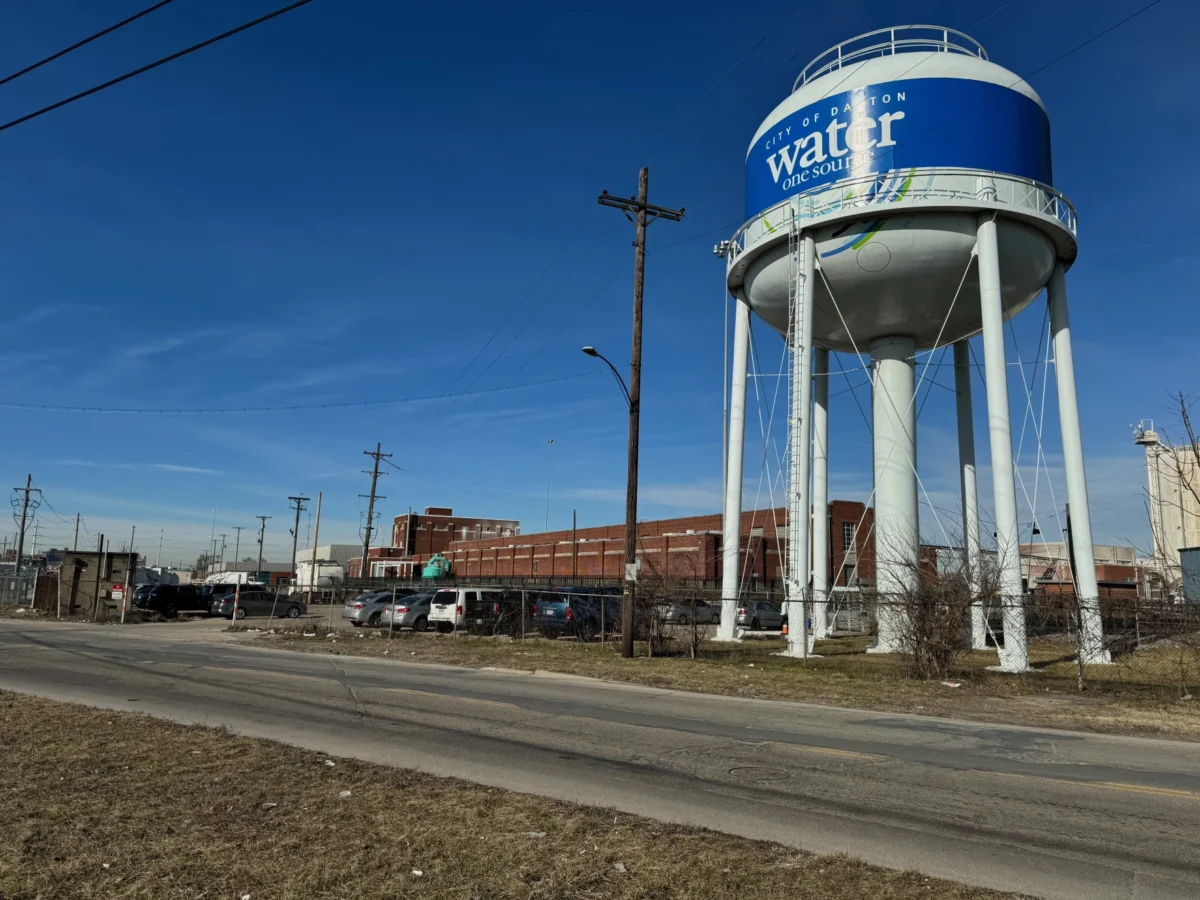I am now about a month into my time in Coon Rapids, Iowa, a time that has been personally challenging in a number of ways. I usually dread co-ops. They tend to be a time of loneliness and economic strain. For some reason, I was actually looking forward to this co-op—probably a combination of frustration with my classes for being too abstract and a romanticization of working at a nature conservancy. I thought that I would finally be doing tangible work for a cause that I believed in and I would be able to spend all of my downtime exploring trails in the beautiful Iowa summer. In some respects I was right—my employer really is an agent for positive change. The area of my ignorance, though, resided in my romanticization of working in nature.
I should probably start with some background information on my employer. Whiterock Conservancy is a non-profit nature conservancy located in Coon Rapids, Iowa. The non-profit is sustained in large part by the Garst family. The family started accumulating their fortune in the middle of the 20th century when Roswell Garst became one of the first individuals to sell hybridized seed corn—an invention that allowed for mechanized harvesting of corn since it causes all of the corn stalks to grow to the same height. The family began gaining clout in progressive politics almost immediately (so much so that they formed a friendship with Nikita Khrushchev). Many of the Garsts have used their name and economic advantage to work in industries such as banking, thus ensuring that they can continue donating money and land to Whiterock Conservancy.
Whiterock itself functions as a nature conservancy, an ecotourism location, and a model for sustainable agriculture. The property boasts miles of trails used for mountain bike, equestrian, and pedestrian use. The conservancy is sure to utilize the least intrusive methods possible for building and maintaining these trails. Whiterock makes further use of ecotourism by hosting weddings, family reunions, and campers on its picturesque grounds. The staff at Whiterock pair with local experts and professors to study the ecosystem, remove invasive species, and reintroduce indigenous ones. It is not rare to see signs warning visitors to be careful around certain areas since there are reintroduced bald eagles or ospreys nesting. The conservancy is dedicated to the notion that human use and local ecosystems can coexist, and its sustainable agriculture program serves to demonstrate this. Cattle, bison, and goats roam the land, but the staff moves the animals around the property to avoid depleting the nutrients in the fields. Progressive farming experiments such as prairie strips are tested out on Whiterock’s crops to allow state universities to find the most sustainable ways to feed America moving forward.
Usually, their interns come from a background in environmental science and tend to do research and practice sustainable agriculture at the conservancy. We have varied my job description from that approach since my skills reside more in media and communication. That being said, I still do work for the land manager half of the time. I do things like monitoring plant growth and some basic manual labor. However, I also spend half of my time working for the director of communication. I have done a lot of photography for her, including aerial photography with a drone, as well as worked on creating brochures for guests and donors and updating the website.
The dilemma is that the work that I do with the land manager is much more of what I was expecting out of the co-op. I get to be outside, exercise and directly contribute to the health of the ecosystem. However, I am not especially experienced or talented in this field, so I feel like I am offering less to the organization when I try to be an environmental science specialist. My media knowledge, on the other hand, allows me to bring unique and beneficial skills to the conservancy. I can write code for the website and use Photoshop, skills that the other employees do not possess. That also means that I have to sit in front of a computer for hours on end to tweak website settings—not exactly what I had in mind when I was approaching this co-op. I have tried to balance the two aspects of the job to varying success.
Overall, this co-op has challenged a lot of my presuppositions. I thought that this field would be a perfect fit for my future career, but it turns out that I might have been applying a false narrative to environmental science. Even though the focus of the work is still on ecosystems, the work setting differs little from other office jobs. Workers in the field still spend a tremendous amount of time confined to their office, sitting in front of a computer.






